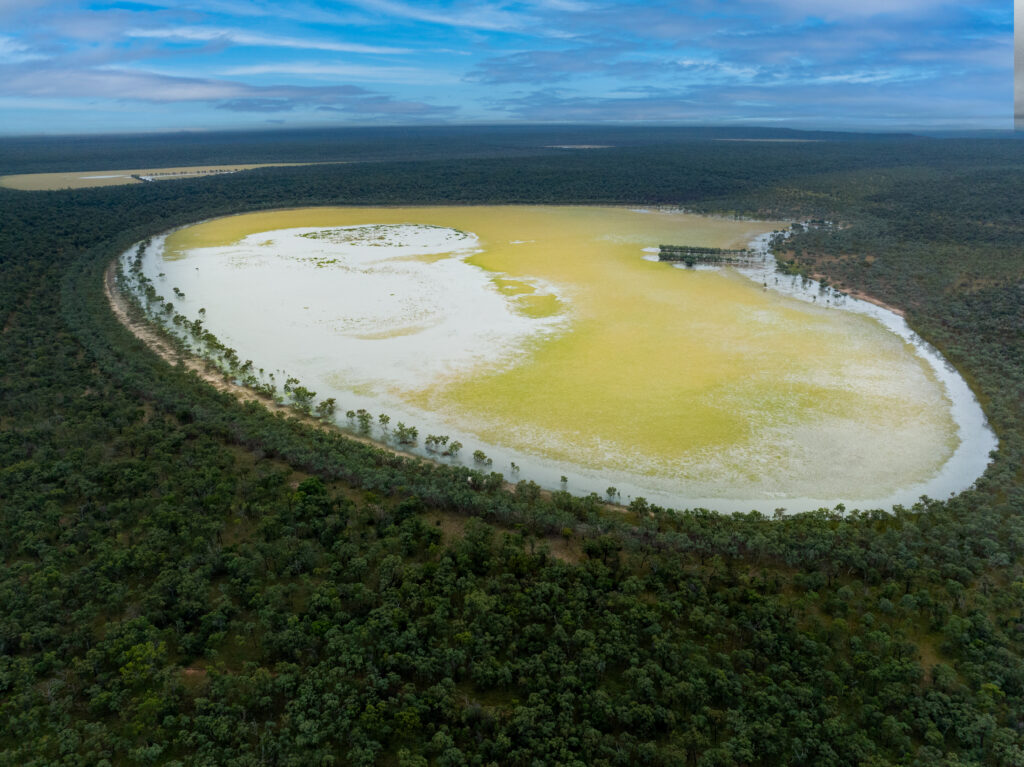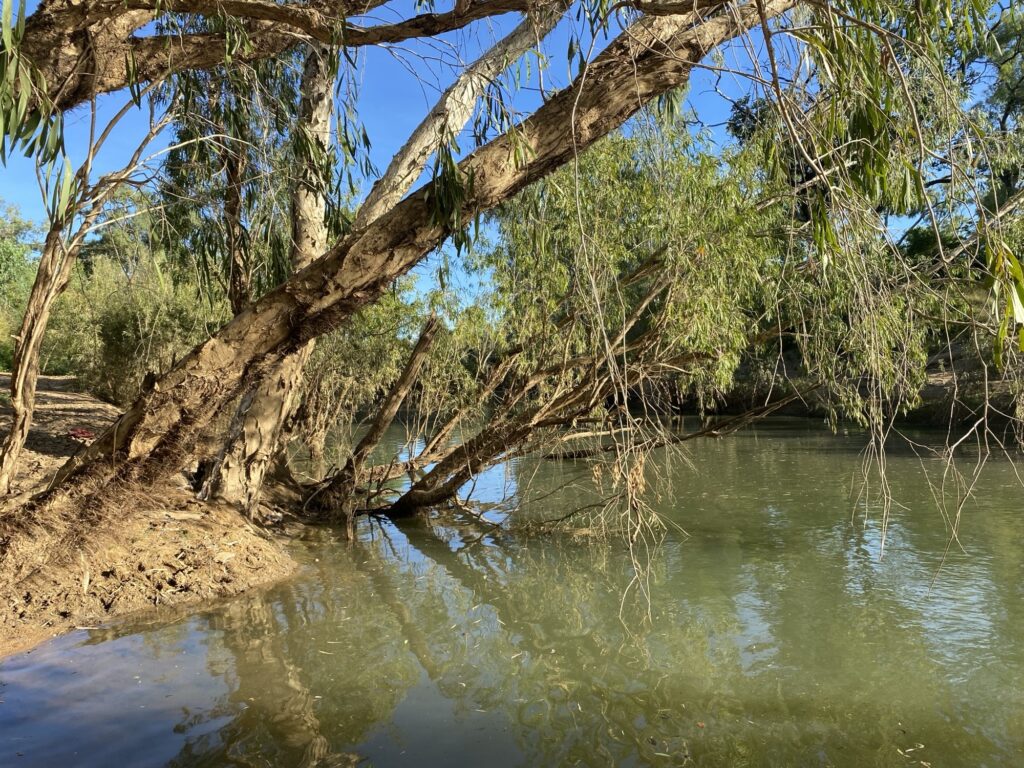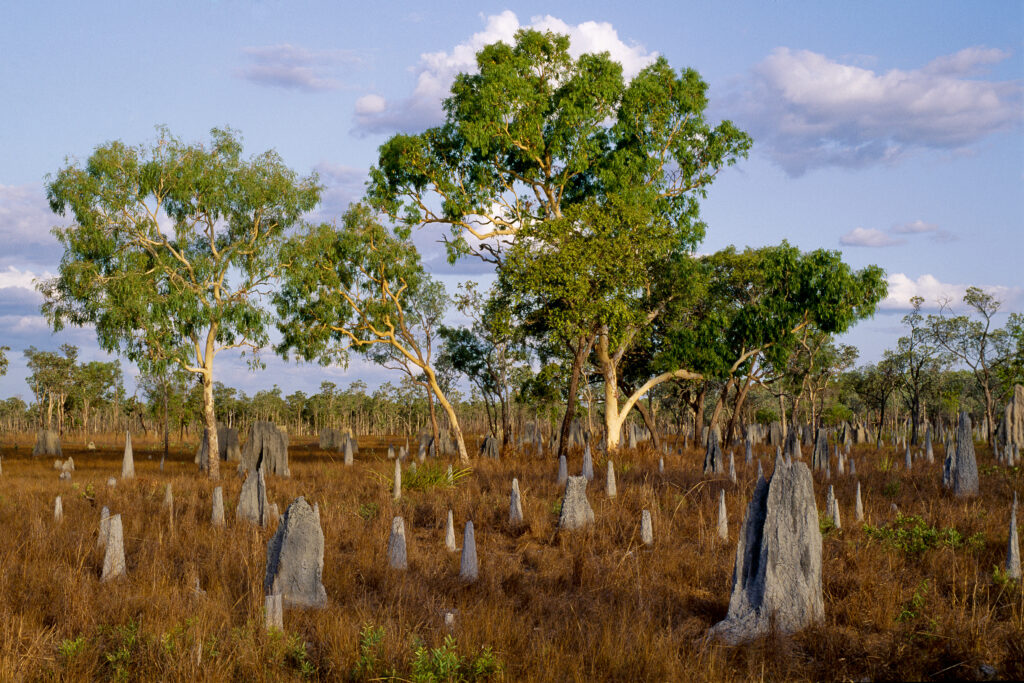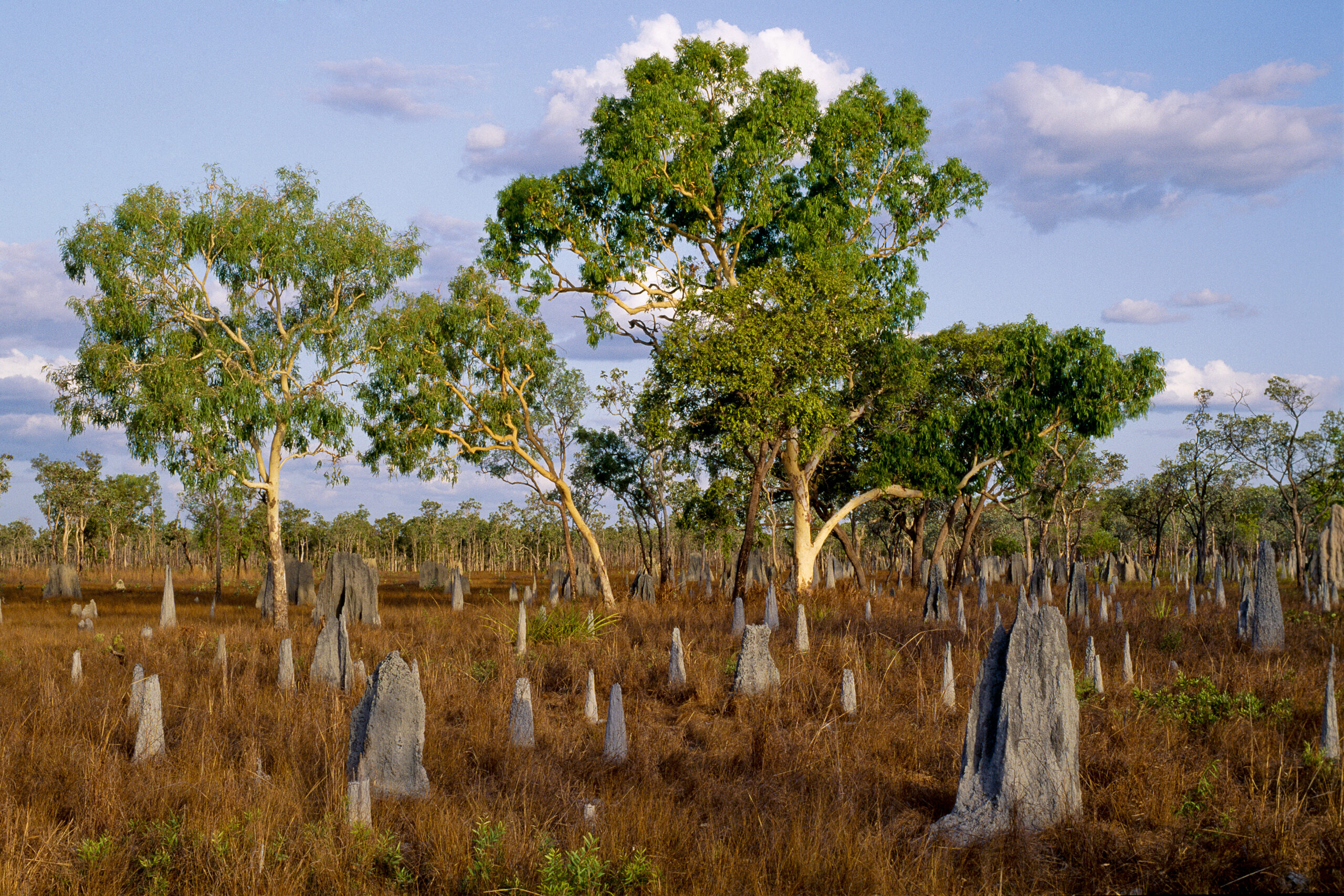A million more hectares for Queensland conservation
Since the beginning of July, Queensland has added the equivalent of a small European country to its conservation area. More than a million hectares has been protected in Australia’s most naturally diverse state, including two new National Parks – The Lakes near Hughenden and Malbon Thompson Range near Cairns. Establishing well-managed National Parks is one of several methods to combat Australia’s extinction crisis, however given more than 85 percent of Queensland is privately owned or managed, a world class conservation estate must work across a wide range of tenures. Lines on a map mean nothing to animals like the southern greater glider – the endangered marsupial that drifts silently from tree to tree. Traditional Owners and private landholders can be nature’s best guardians when they’re given adequate resources, which makes the combination of recent announcements so hopeful.

A new nature refuge about the size of the ACT has been declared on a North Queensland station operated by the Cunningham Cattle Company. Abingdon Downs North is about five hours south west of Cairns and part of the historically underprotected Gulf Plains bioregion. It was announced alongside the expansion of another nature refuge, Crystalvale, near Coen in the centre of Cape York Peninsula. Together they secure habitat for unique Australian animals like the diadem leaf-nosed bat, Cape York rock-wallaby, freshwater sawfish and red goshawk.

Nature Refuges are essentially a binding agreement between a landholder and the Queensland Government to conserve a patch of land. They account for one-third of the state’s protected area estate and, depending on the natural or cultural values being protected, allow landholders to continue activities such as carbon farming, cattle grazing and ecotourism. Participants can access financial support to take care of the land – but there’s an argument this should be significantly increased if state and federal governments are serious about their conservation goals.
Rounding off Queensland’s latest conservation expansions is more than 500,000 hectares of Indigenous Protected Areas spread across three locations, managed by the Muunthiwarra Aboriginal Corporation, Wadja Aboriginal Corporation and Pormpuraaw Aboriginal Shire Council . The IPA program has been running for more than 25 years and represents more than half of Australia’s reserve system. Like Nature Refuges, they centre on a voluntary agreement between Traditional Owners and government to conserve areas of natural and cultural significance. There’s a negotiation to tailor a management plan suited to a specific area that often includes weed and pest management, protection of cultural sites, undertaking burning and welcoming visitors. Often this work is done alongside scientists and other land managers, but again, there’s an argument funding support falls short considering the vast area of land covered.

Queensland’s natural wonders are the envy of the world. From the Daintree in the north to Springbrook in the south, K’Gari in the east and Channel Country in the west, our diverse landscapes are at the heart of a cherished outdoor lifestyle and sense of adventure. We deserve a world leading conservation network that champions the leadership of Traditional Owners and graziers who care deeply about their land, and we have the framework to do it – however it must be adequately funded. Alongside a National Park network that prioritises good land management and welcoming visitors to see more of our unique state, we can safeguard what makes Queensland so special.
Protect Beautiful Queensland will shortly release our policy priorities for the next four years, including a big increase in the conservation estate alongside increased access and more management resources. Sign up on our homepage for all the latest.

